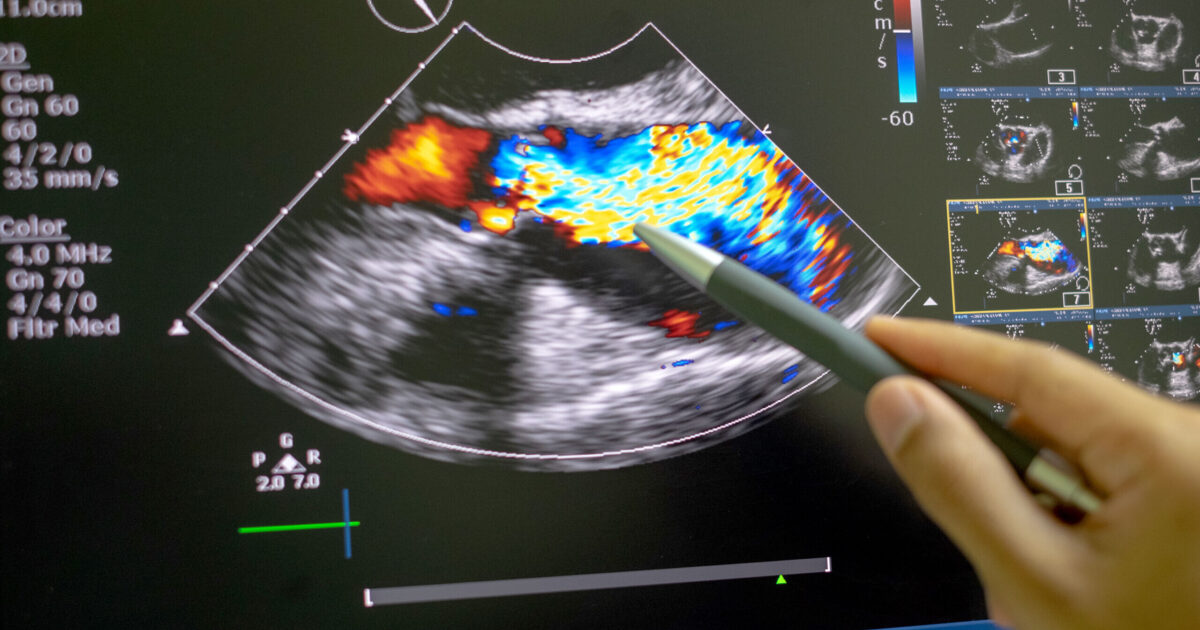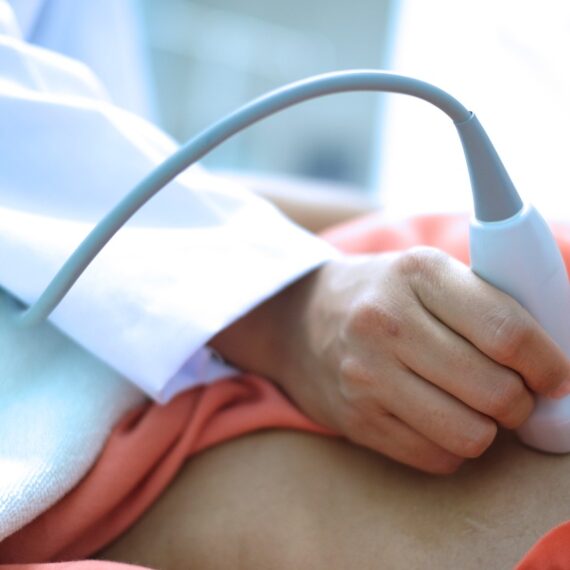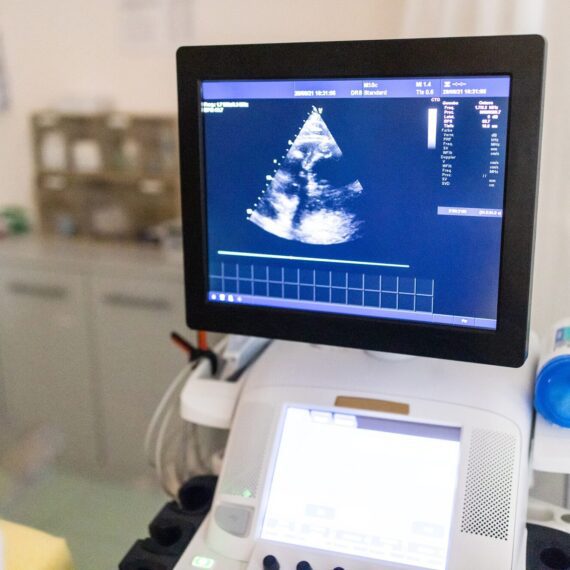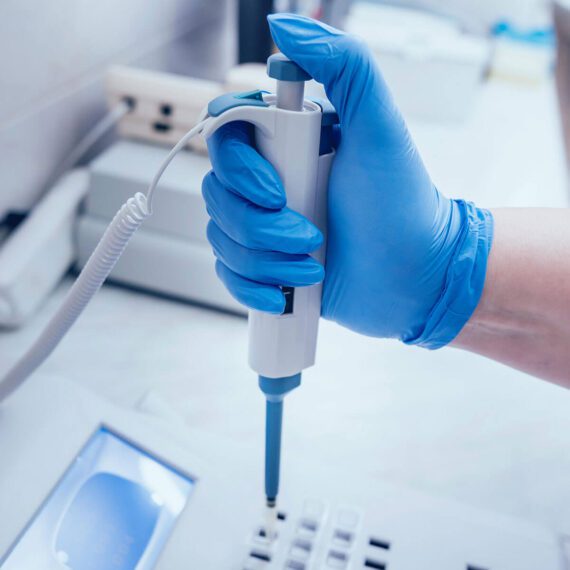Overview
This test uses 1.5 to 7.5 MHz sound waves to examine the heart and produce a 2D or 3D image of the heart’s internal structure called the echocardiogram.
An echocardiogram, commonly known as ‘echo’ provides information about the heart’s size, the size and functioning of the heart’s valve, the size of the heart’s chambers, the thickness of cardiac walls, the pumping activity of the heart, growth of any tumor in the heart, and the blood flow pattern. It is referred by cardiologists if there are any abnormalities in the Electrocardiogram (ECG/EKG), shortness of breath, chest pain (angina), or any other underlying medical conditions indicating a cardiac problem.
The echocardiography machine contains a transducer or probe that contains piezoelectric crystals for interchanging electric impulse into ultrasound and vice-versa, a central processing unit with a control panel for receiving signals from the transducer and processing and analyzing the signal, a monitor to display an image of the heart and printer for printing the produced electrocardiogram.
What We Do?
At Nayab Labs & Diagnostic Centre, we offer comprehensive echocardiogram (echo) services to assess and monitor heart health. Our advanced echo tests use ultrasound technology to provide real-time images of the heart’s structure and function, assisting doctors in diagnosing conditions such as heart valve issues, abnormalities in heart muscle function, and irregular blood flow patterns.
With our state-of-the-art equipment and skilled technicians, we ensure that each echo test is performed with precision, providing reliable insights into cardiac health for effective medical evaluation and treatment planning.





